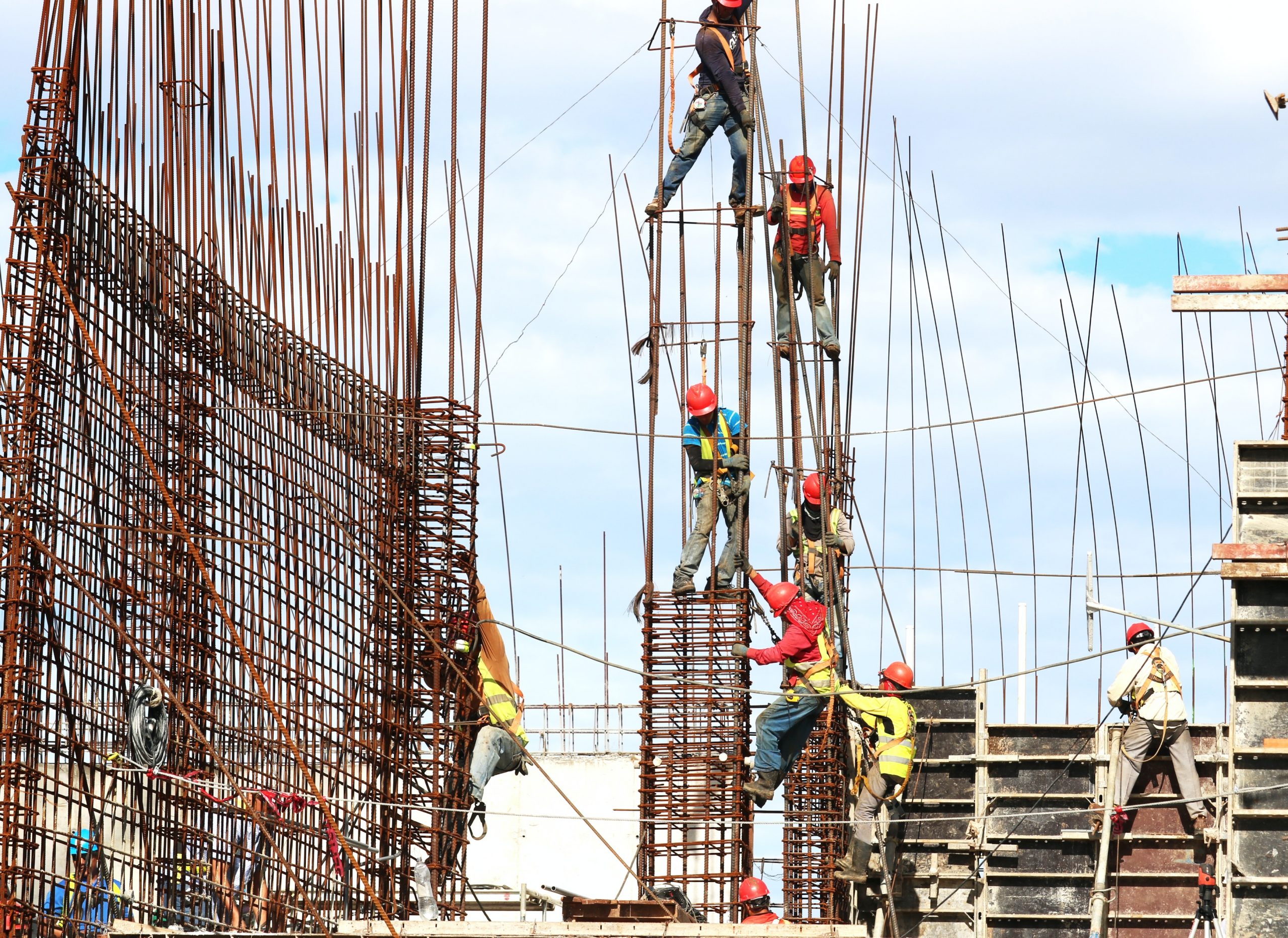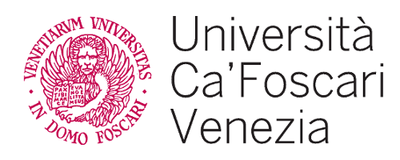Recent EU progress towards effective mandatory human rights due diligence (HRDD) is still putting processes over outcomes. But the news is not all bad.
In recent years, mandatory HRDD is increasingly favoured by regulators as a way of forcing companies to consider their human rights risks or else face significant legal sanctions. Last month, the EU Parliament voted to adopt its initial negotiating position on the EU’s approach to mandatory HRDD, the Corporate Sustainability Due Diligence Directive (CSDDD). The Parliament’s position improves on the previous proposals by the European Commission and the Council but still leaves many important issues unresolved.
Stakeholder engagement
One key area of progress is in the approach toward stakeholder engagement adopted by the regulators. The Commission’s original proposal started on shaky ground as it lumped all stakeholders together and opted for the term “employee” to identify the type of worker covered by the Directive. The immediate risk of this terminology was to be misaligned with the realities of the world of work and leave unprotected the growing hordes of workers with temporary or no contracts who are not formal employees. The reluctance to recognize such workers as essential to due diligence processes reflects a broader lack of substantive provisions on how stakeholder engagement should take place as part of HRDD.
The Parliament’s position, however, does take some of the vagueness away. Importantly, it removes language limiting engagement to the discretion of companies as to the scope and nature of due diligence undertaken and who is involved in the process. It also names “workers and their representatives and the trade unions” as a specific category of affected stakeholders.
Clear incentives for reaching out to independent, democratic, and representative trade unions would have helped bolstering freedom of association. But the Directive is at least a boost for the agency of workers compared to most HRDD laws, which fail to ask companies to increase their low engagement with local worker rights organizations or unions in sourcing countries.
Processes and outcomes
At the same time, the Parliament’s proposal follows in the trail of legislation that tends to emphasize process over outcomes. Some provisions try to embed in corporate activity the steps of the due diligence process concerned with external accountability outcomes.
For instance, the extensive additions on accessible grievance mechanisms seek to reclaim a place for victims’ access to remedy in the due diligence process. Outside corporate processes, the proposal lowers hurdles to access to judicial mechanisms, by extending the statute of limitations on corporate abuse cases and offering financial and legal assistance to claimants.
Does this suggest a shift in gears from the proliferation of frameworks and initiatives to a focus on implementation? Is the future Directive therefore better equipped to produce meaningful outcomes for workers than other similar governance initiatives? Most likely not, due to two areas where the proposed HRDD laws remain weak.
First, the Parliament’s proposal keeps social auditing and industry-led certification schemes at the center of the due diligence process. The emphasis remains on internal corporate processes for assessing compliance with human rights standards at the expenses – at least so far – of external accountability outcomes.
This decoupling of process and impact owes much to a lack of transparency at various levels – for instance, insufficient mapping of firms’ human rights risks in the lower tiers of their supply chains. A box-ticking approach by companies to gain legitimacy in the eyes of regulators or the broader public is inadequate to curb this lack of transparency.
A more promising option is to involve workers in monitoring and enforcing their own human rights. A blossoming array of worker-led initiatives are proving this possible. And it could have been feasible to incentivize companies to incorporate some of these existing worker-led enforcement schemes or to financially support new ones. But the Directive has fallen short of the political will to embark in this direction.
The second area where the Directive’s potential to be a landmark piece of legislation suffers is its approach to due diligence as a policing and monitoring exercise alone. Buyers exert huge power over suppliers through predatory sourcing and purchasing practices and low levels of supply chain investment. And worker organizations have widely documented that poor supply chain relationships are a crucial driver of human rights abuse.
The Directive however ignores these issues and does not require brands to assess how their purchasing practices impact rightsholders in their supply chains. Nor does it ask buyers to compensate suppliers fairly for investing in ensuring better working conditions and enhanced environmental standards.
Useful processes for worker campaigns
The above suggests that, whatever its final text will be, the Directive will have only mildly transformative aims and limited gains for workers. But, despite the gloom, there are some rays of light, especially if one cares about the strategic potential of HRDD laws to protect and promote workers’ rights in the global economy.
As studies have highlighted, workers exercise different types of power when they mobilize in campaigns. One such power is the capacity to hold an employer accountable through legal or regulatory institutions. And here lies the great potential of HRDD regulations. If not a game-changer in themselves, some of the processes contained or amenable through advocacy within the Directive could be a powerful source of institutional power for worker coalitions.
One example concerns stakeholder engagement. The current proposal is only a few steps away from opening up avenues through which workers may challenge the adequacy of company engagement efforts. Some worker organizations have rightly seen an opportunity here and are now asking for enforceable consultation rights for workers and their representatives. Clever use of such rights may prove effective in campaigns for improving working conditions, for instance, by imposing administrative or judicial costs for companies.
Another example concerns transparency. Unsurprisingly, transparency is prominent in HRDD laws, like in all process-oriented discourses. And the Directive may go a long way in requiring companies to publish corporate information – including the complete list of a company’s sourcing countries, stakeholder mapping, participatory risk assessments, audit reports, and corrective action plans. This reservoir of information could certainly help worker organizations connect companies to the abuses workers face in their supply chains. It would also lower the hurdles for finding weak supply chain links to leverage in worker campaigns.
These changes do not depart much from the current architecture of the Directive. But they may provide unexpected resources to worker organizations for mobilizing and pursuing their goals, regardless of how effective the Directive will prove to be.





















